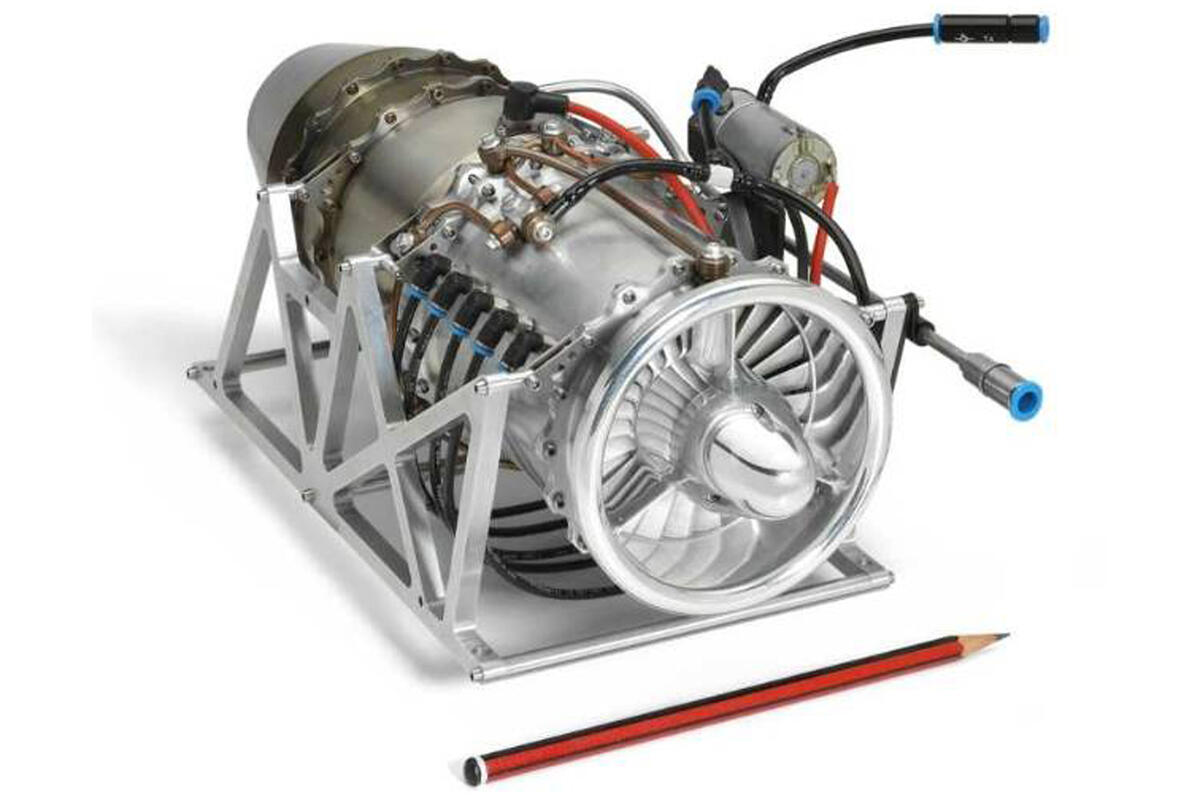Jaguar Land Rover is co-developing a micro gas turbine to charge batteries in hybrid cars on the move.
The system is called the Ultra Lightweight Range Extender (ULRE), and is being worked on by a consortium of companies with government backing.
See the pencil-sized micro gas turbine engine
The axial-flow gas turbine engine has been developed by Isle of Man-based company Bladon Jets, and is coupled to a high-speed generator using technology developed by UK firm SR Drives.
Jaguar Land Rover is overseeing the coupling of this application of the system to road car technology.
Axail-flow technology enables the production of highly efficient, small gas turbine engines that are ideally suited for use in hybrid electric vehicles.
Twitter - follow autocar.co.ukSee all the latest Jaguar reviews, news and video See all the latest Land Rover reviews, news and video





Join the debate
Add your comment
Re: JLR develops gas turbine tech
It's the temperature difference strictly speaking - delta T between intake and compressed air plus the further temperature increase due to combustion. In very simple terms the higher the temp difference you can achieve between intake and combustion the better.
At high altitudes around 30,000 feet plus you are dealing with very low intake temperatures in the region of -35degC. 747's for example are best flown around 35,000 feet - drop them to 29,000 and the increase in air temp has a negative effect on performance. It's all a balancing act.
Re: JLR develops gas turbine tech
I am; and you are correct. A more detailed article on this was published in the recent edition of Professional Engineer magazine. The architecture is particularly elegant and it also referenced the robustness to a wide range of fuels. The 'pencil size' issue was actually in reference to the diameter of the turbine housing; there was a smaller version around previously but it wasn't an optimum trade off between size and efficiency.
The primary application for a compact turbine would be to run at optimum speed connected to a high speed generator system - this would power electric drive sytems and supply some reserve power to batteries, essentially negating the convential hybrid drive.
Noise is a small issue since that it easily reduced and a major benefit comes in the form of a removal of a number of other mechanical components which has a major effect on packaging flexibility. Importantly the estimated weight reduction could be in the region of 10% of the vehicle which as most people will tell you has a big effect on efficiency.
Re: JLR develops gas turbine tech
What makes a gas turbine in normal electricity generation efficient (56%+) is using a combined cycle - the very hot exhaust gases are used to heat water to steam to drive a steam generator - thus you have two sources of generation (the turbine shaft and the steam turbine shaft). I'm interested to see how this will pan out in a car - is there anything to say that they don't scavenge some of the energy from the exhaust - either in the form of turbocharging or supercharging (the only way a petrol/diesel will achieve over about 35% efficiency anyway - Carnot efficiency right? Or is my memory playing tricks...)